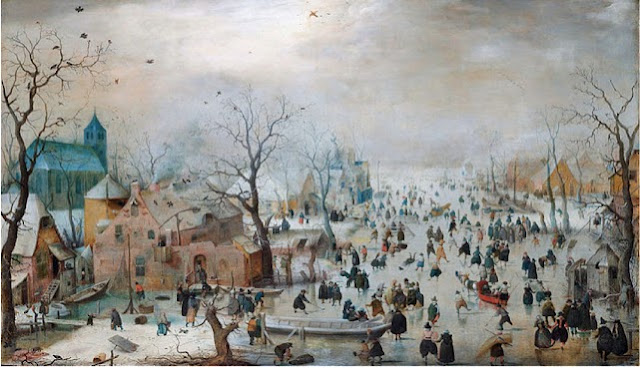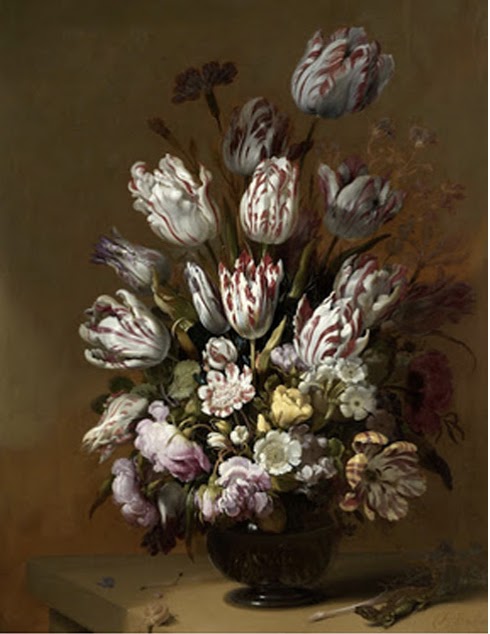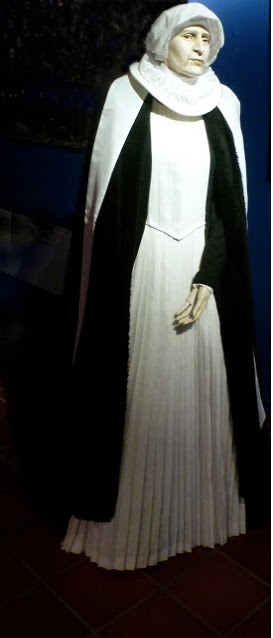Tulips originated in Turkey and their first recorded appearance in Europe was in 1559, in Augsburg Germany.
They were not noticed for their beauty, nor for their perfume, but for their stateliness. The intenseness of the tulip's colours differed from all other flowers then known in Europe. The multi-coloured effect of intricate lines and flame-like streaks on the petals was vivid, spectacular and exotic. Because they were rare and desirable, they were also expensive.
Twelve years later the merchants of Amsterdam dealt directly with dealers in Constantinople for their purchases of tulip bulbs. Considered a rarity in Europe, high prices were established by the weight of the bulb. It was discovered that tulip bulbs could tolerate the harsh conditions of the Low Lands, and with that, their popularity slowly increased through over the next thirty years.
In 1634 the rage for the tulips increased and the weaving looms in Haarlem were abandoned for the more lucrative planting of tulip bulbs. Haarlem became the tulip capital of the Netherlands. As the mania increased, so did the price of the bulbs and it was mentioned that a merchant paid the equivalent of $40,000 for forty tulip bulbs. By 1636 the tulip bulb had become the fourth leading export of the Netherlands after gin, herring and cheese.
The Semper Augustus bulb was much sought after and there were only two available for sale in 1636, one in Amsterdam and the other in Haarlem. Competitive bidding for these pushed all prices to record highs. Shares of rare bulbs were sold on the Amsterdam, Haarlem and Leyden stock exchanges. Prices reached their climax in 1636 with speculative gambling, and when investors start selling their shares, panic followed. Prices dropped and the market collapsed.
The collapse began in Haarlem when buyers did not show up at the bulb auction. Since at the time in Haarlem, the bubonic plague was near its height, this might have been a factor in helping burst the bubble. Many fortunes were made and lost overnight.
The term "tulip mania" is now often used metaphorically in referring to a massive economic bubble, when asset values deviate widely from intrinsic values.
Most of the old tulip bulb varieties have died out, though virus-free, variegated tulips continue and are still exported in vast quantities today. Tulips bloom in April and May for only about a week.
Haarlem remains the tulip capitol of the world.




















































